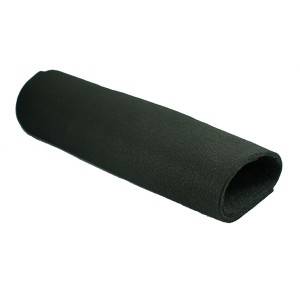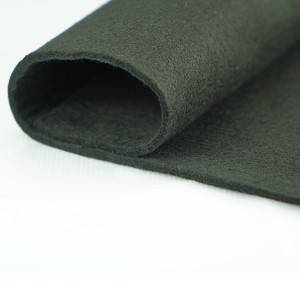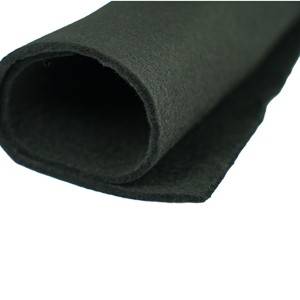PAN-based Carbon Felt
|
Property |
Measured Value |
|
Product name |
PAN-based Carbon Felt |
|
Material |
PAN-CF |
|
Bulk density(g/cm3) |
0.14-0.15 |
|
Carbon(%) |
≥98.5 |
|
Thermal conductivity(1150oC W/m .k) |
0.12-0.18 |
|
Tensile Strength (Mpa) |
0.15 |
|
Crushing stress(at 10% compression N/cm2) |
8-12 |
|
Ash(%) |
≤0.05 |
|
Processing temperature(℃) |
1200 |
|
Operating condition in the air(℃) |
≤400 |
|
Operating condition in the vacuum(℃) |
≥1500 |
|
Operating condition in the vacuum in the inert atmosphere(℃) |
≥2300 |
|
Thickness |
1 - 10mm |
|
Max width |
80in |
[PAN & rayon differences]
1.PAN (PolyAcrylNitrile) is lower in cost.
2.PAN has coarser fiber and larger fiber diameter = Lower Surface area.
3. PAN is stiffer and has an "ichier" feeling. Rayon is more flexable and less irritating to the skin.
4. Rayon is lower in Thermal Conductivity than PAN at temperatures greater than 1800°C.
For heat treating applications, PAN carbon felt is the best price.
For handling ease and ultra high temperatures, Rayon is the best choice.
Application
PAN-based carbon felt are used as insulation in vacuum and protective atmosphere (non-oxidizing) furnaces and process equipment used in the heat treating, semi-conductor, ceramic, aerospace, defense, bio-medical appliance, and sintered metals industries.
These felts are also used as a cathode in flow battery applications and as a reaction surface for many other electro-chemical processes. Common consumer and industrial consumable uses are as welding blankets, plumber pads, glass blowing pads, wicks in ultralight stoves, and automotive exhaust lining.
BENEFITS
Easy to cut and install.
Low density and thermal mass.
High thermal resistance.
Low ash and sulphur content.
No outgassing.







